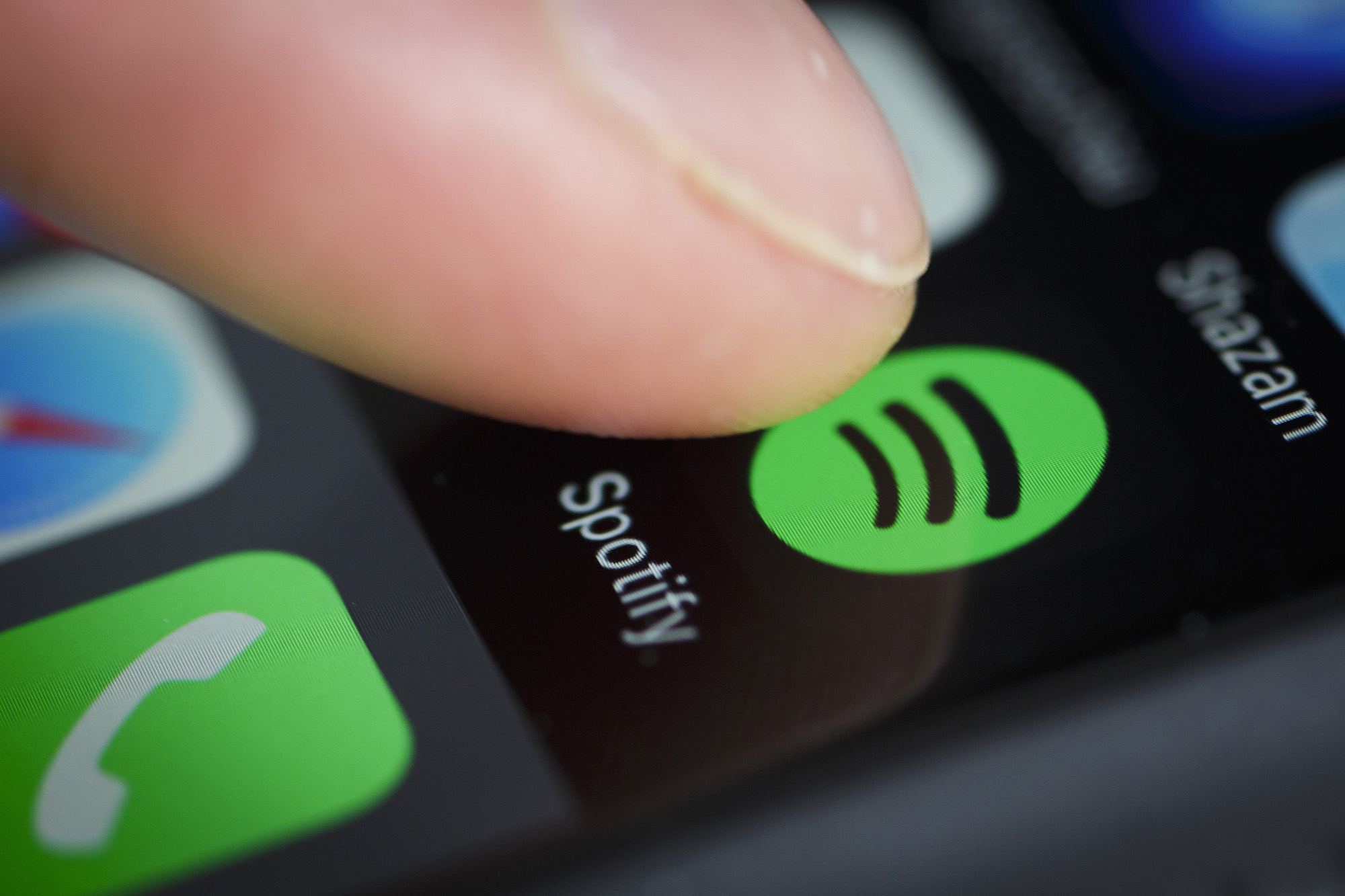Spotify shook the music industry late last month by announcing plans to empower all artists to directly upload music to their services. The decision marked a change from the industry norm, which has traditionally required artists to work with distributors like Tunecore and CDBaby, but it also left many questions. In particular, how much will artists get paid, and how does it compare to the deals currently being made throughout the industry?
In a new report released by MusicBusinessWorldwide late last, it is revealed that Spotify’s latest move is actually quite beneficial…As long as you know what you’re doing.
Spotify has confirmed the direct distribution deals with artists will pay a 50% share of all streaming revenue. This figure is in line with industry expectations, as anything less would make the service no better than any current distribution offerings.
But how does that compare to Spotify’s label deals? Currently, Spotify pays all major labels a 52% share of all streaming revenue. That number looks better on paper, but only before you remember that the label shares that figure with the artist. Performers working with major labels typically receive anywhere from 15-50% of that share, which is far less than artists choosing to use the direct upload model. Only hitmakers like Drake or Taylor Swift have any chance at securing the full 52%.
To further illustrate these numbers, MBW produced the following infographic:

To use an example, let’s say an artist generate $10,000 in streaming revenue over the course of a single month.
With the new directly upload deals, Spotify makes $5,000 and the artist makes $5,000.
With traditional major label deals, Spotify makes $4,800, and the label gets $5,200. The artist then gets anywhere from $780-2,550.
With the average internet distribution deal, Spotify makes $4,800, and the artist generates $4,420, while the distributor claims the remaining $780.
Taking all this into consideration, Spotify’s direct upload deals would appear to be ideal for anyone hoping to get the most significant return for their music. However, these figures do not take into account how a major label can aide an artist in getting their music heard. While an independent act may make more on paper, artists backed by labels staffed with marketing geniuses have a higher likelihood of bringing in large amounts of money as long as their music is as popular as the label hopes it will become.
Still, if an album released through a major flop, the overall take for the associated artist could be next to nothing when compared to an independent act with a similar amount of streams.

